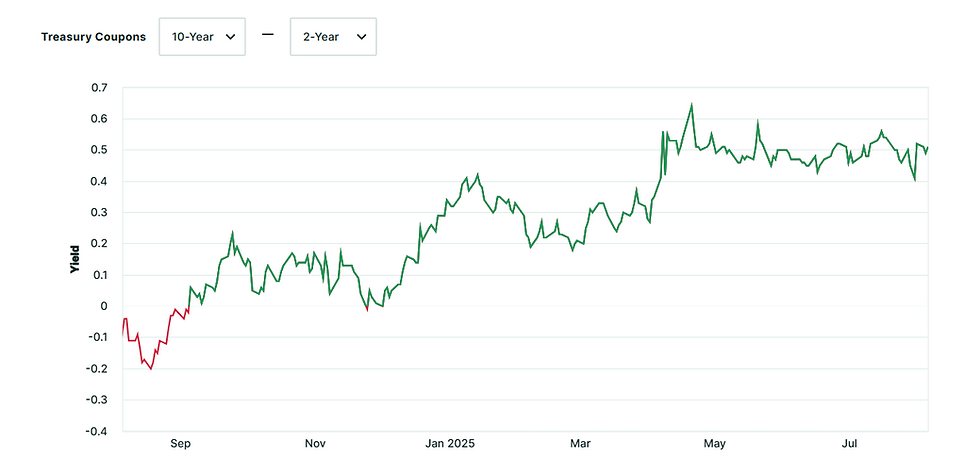Mortgage Insurance Options: Protecting Lenders and Borrowers
- Michael Belfor

- Jul 8
- 2 min read

Mortgage insurance is a policy that protects lenders in case a borrower defaults on their mortgage. For homebuyers, it’s usually required when the down payment is less than 20% of the home’s purchase price. While mortgage insurance can increase the cost of buying a home, it also makes it possible for many buyers to qualify for a loan with a lower down payment.
There are two main types of mortgage insurance: private mortgage insurance (PMI) and government-backed mortgage insurance. PMI is required for conventional loans when the down payment is less than 20%. PMI typically costs between 0.5% to 1% of the loan amount per year, and it can be canceled once the homeowner reaches 20% equity in the home.
For government-backed loans, such as FHA loans, mortgage insurance is also required but works differently. FHA loans require an upfront mortgage insurance premium (UFMIP), which is typically 1.75% of the loan amount, as well as an annual mortgage insurance premium (MIP). Unlike PMI, MIP cannot be canceled unless the borrower makes a large down payment of 10% or more; otherwise, it lasts for the life of the loan.
While mortgage insurance increases the cost of borrowing, it provides significant benefits to homebuyers who may not have enough for a large down payment. By reducing the lender’s risk, mortgage insurance allows buyers to qualify for loans with as little as 3-5% down, making homeownership more accessible.
It’s important to understand how and when mortgage insurance can be canceled. For conventional loans with PMI, once you’ve built up 20% equity in your home, you can request to have the insurance removed. For FHA loans, the only way to eliminate mortgage insurance is through refinancing to a conventional loan once you’ve reached 20% equity.
Mortgage insurance can be a valuable tool for helping buyers get into a home with a smaller down payment. However, it’s important to understand the cost and how it affects your loan over time.





Comments